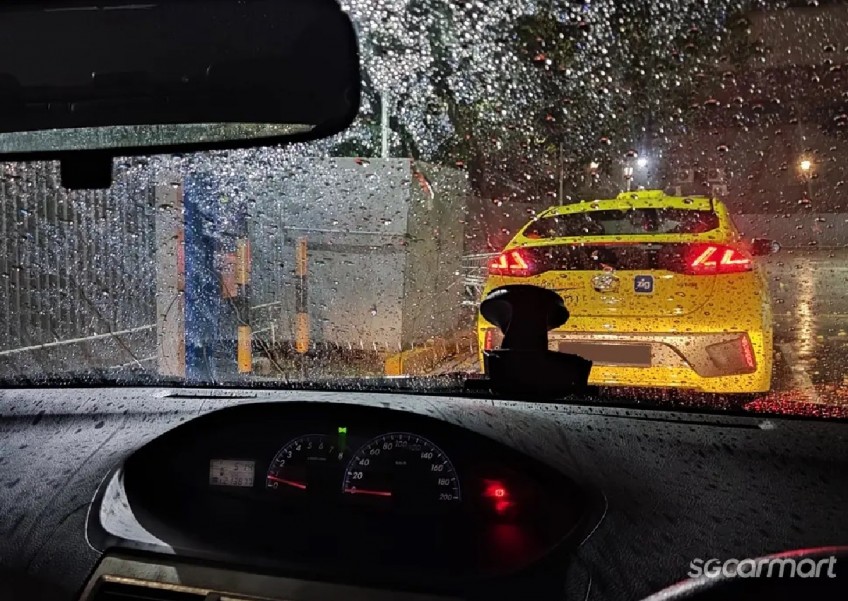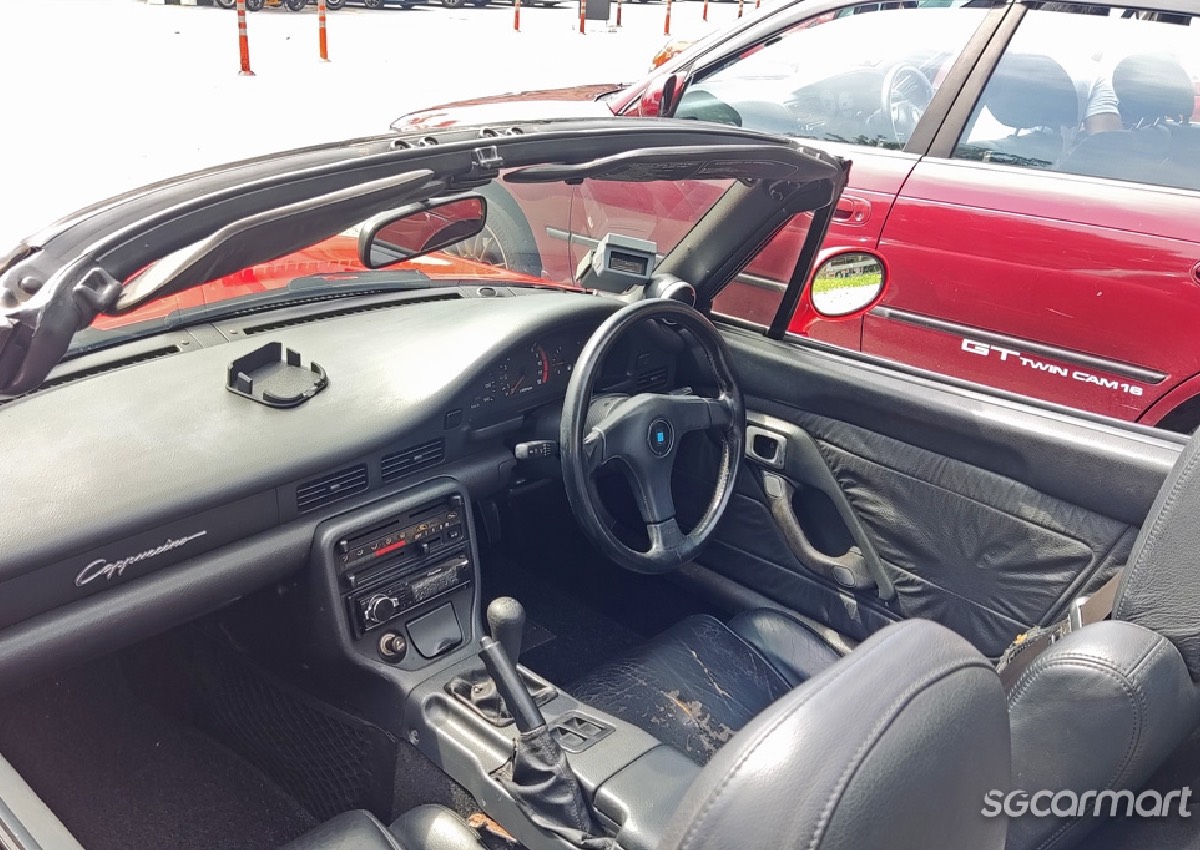Oh no, your car's interior is wet! What now?


Open the door to your car and a musty, stale smell wafts out of it - that has got to be one of the worst things that can happen to a car owner. The first thought would be to check if you have spilt something in your car, and the next would be to check if the windows are all up.
You know your car's interior and carpeting has gotten damp, but what caused it to happen? And more importantly, how are you going to resolve this awful situation?

Before you can find a solution to this stinky problem, you need to find out where the smell is coming from - or rather, just which part of your car's interior is affected by the water seepage.

Well, if you have forgotten to wind up the windows while your car was rained on, you'll know the answer already (and you can skip right to the last section of this article). But if it was a pesky leak or some other less obvious cause for the water to seep inside your car, you'll have to rummage around a little to locate the affected area.
There are a few typical spots to check out, and that would be the front and rear footwells, along with the boot. After you have narrowed down the location of the damp spot, you can now proceed to find out how the moisture got there.

Now, if the water didn't get in through an open window, then you might have a little problem.
Water shouldn't be seeping into your car if everything's working as it should. But thankfully, all is not lost. You just need to find the source and stop it right there. And you can "guesstimate" the source of the seepage through the location of the damp spots that you have just identified.

A common area for water seepage is at the front footwell. This could be due to a multitude of reasons - maybe a clogged air-con drainage pipe, or a leaking heater core (if the affected area smells sweet). Another less likely possibility for this area to be damp could be due to a leaking sunroof drainage pipe (if your car is equipped with one), or rust holes/cracks in the front windscreen drainage area, or leaky windscreen seals (typically for old and worn cars). If the headliner is damp, the water is likely to have seeped through a leaking sunroof or antenna on the roof of the car.
Leaky door seals can be yet another cause of water seepage - if the affected area is in the rear footwell, and the car does not have a rear air-con unit, it is likely the cause. Yet another common area for water seepage is the boot floor. This is often the result of leaky boot seals or taillight seals. However, this is typically more prominent in hatchback and liftback vehicles.

The cost to fix your car and stop the water seepage problem varies depending on the root cause of it. While clogged drainage pipes can typically be solved without changing any parts, you'll likely only be required to pay for labour, something like a leaking heater core can be potentially expensive to rectify.
The process to replace the heater core can be complicated (it requires the dashboard to be dismantled) and hence it can be rather costly. There are, however, cheaper workarounds such as bypassing the heater entirely (on older cars with simpler systems), but you'll lose the ability to adjust the temperature.
Replacement door and boot seals can be rather costly to procure, but the labour involved is typically simple and wouldn't cost you too much. With fresh seals you might also gain the additional benefit of improved noise insulation, so it isn't all bad!
The most troublesome, and likely costly problem to fix, would be water seepage due to rust or cracks in the body of the car. To ensure a proper and lasting repair, interior trim pieces would have to be removed, and the affected area then needs to be welded and painted over properly to ensure a lasting fix. Of course, there are cheaper, short-term solutions such as sealing the area with sealant, but you really shouldn't opt for this solution if you have the intention to keep the car for a long time, as the issue will manifest itself once again over time.

Now that the water seepage has been resolved, all that's left is to clean and dry out the affected areas so you can get rid of the musty smell and mildew.
If you want to keep your spendings to a minimum, you can try to dry out the area with dry rags and newspapers as much as possible. A quick spray of disinfectant or Febreeze would work well to keep the smell at bay. And, it will also be good to wind down the windows and get your car under the hot sun to get rid of all the dampness. This should work well if the seepage wasn't too severe and isn't due to leaking coolant (which can be pungent).
Alternatively, you could also visit a professional car detailer to clean your car's interior with a wet extraction before proceeding to air out the interior a little more to freshen it all up. I know it all sounds like quite a fair bit of hassle, but water seepage often happens as a result of normal wear and tear, and there isn't much you can do to prevent it.
But hey, just don't forget to wind up those windows!
ALSO READ: 5 signs that your wheels are misaligned